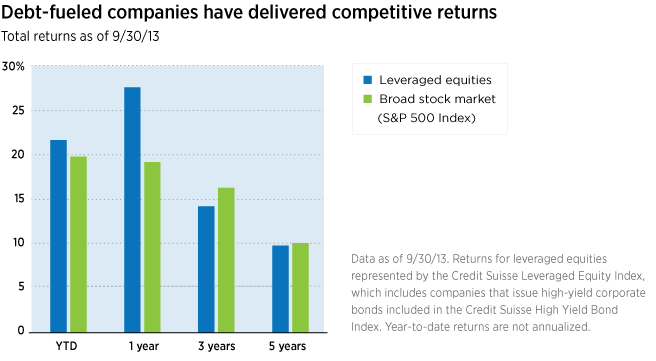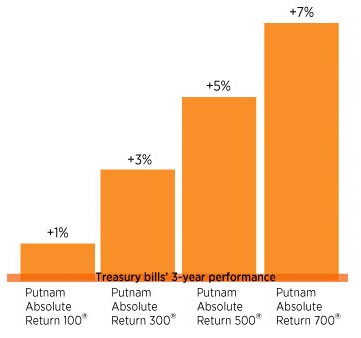About Fund costs Putnam Investments
Post on: 14 Июнь, 2015 No Comment

About fund costs
Opportunities for investors to reduce costs
As an investor, you can make choices that reduce the costs of investing. By doing so, you put more of your money to work to build wealth over time.
At Putnam there are several ways to reduce your costs. For example with each Putnam fund you have a choice of share classes with different sales charges and fees. For example, for class A and class M shares, sales charges vary depending on the amount invested. These varying levels of sales charges are known as breakpoints and there are several ways for investors to obtain breakpoint discounts.
The following overview provides general information about how you can use these methods and others to reduce your investment costs. This overview can help you work with your financial advisor to make well-informed decisions and enhance your long-term investment performance. Please note that Putnam may need information about other investments you have in Putnam funds in order to ensure that you receive any eligible discounts. For more information, contact your financial advisor or call Putnam at 1-800-225-1581. You may also refer to the appropriate fund prospectus or Statement of Additional Information (SAI) .
Mutual funds
Combined purchase privilege
You may be eligible for a reduced sales charge on investments in class A or class M shares by combining your present purchase of shares with other purchases of shares of other Putnam mutual funds (other than money market funds) made at the same time, including purchases made through different financial advisors. The sales charge you pay will be the charge applicable to the total amount of all these purchases. This means that you may pay a lower sales charge than if these purchases were not linked. You may also combine your own purchases with investments made by your spouse and minor children.
Cumulative discount
You can also qualify for a breakpoint discount by combining, or linking, the value of a new Putnam investment with that of your existing Putnam accounts and the accounts of your spouse and minor children. Investments in Putnam money market funds are not eligible to be linked, other than those shares acquired by exchange from other Putnam funds. Putnam automatically links accounts of shareholders with the same last name and address. In certain instances, Putnam may ask you for supporting documentation regarding the source of funds used to establish linked accounts. The sales charge applicable to the total value of these accounts is applied, which means that you may pay a lower sales charge on your current investment.
For purposes of calculating the value of existing accounts, Putnam will use the greater of (a) the value of the previously purchased shares at the current maximum offering price or (b) the initial value of the total purchases (minus redemptions of previously purchased shares). Shareholders should be prepared to present records identifying the historical cost of shares previously purchased, as Putnam may not maintain this information. In order to link accounts to take advantage of the rights of accumulation feature, Putnam must be notified of existing accounts at the time of purchase.
Letter of intent
Another method to reduce sales charges for class A shares and class M shares is by using a letter of intent. By signing a letter of intent, you agree to invest a minimum dollar amount over 13 months. In return, the sales charge applicable to the total amount invested is applied to each separate investment, meaning that you may pay a lower sales charge on each investment. The statement of intention can also cover purchases for accounts for your spouse and minor children. You may utilize this feature by completing the appropriate portions of the standard application form or by sending a separate document that you or your advisor can obtain from Putnam. You cannot use investments in Putnam money market funds for the statement of intention.
If you do not purchase the stated amount of shares within 13 months, Putnam will deduct from your account an amount equal to the higher sales charge you would have paid in the absence of the statement of intention.
Eligible Accounts

The following types of accounts may be linked for purposes of qualifying for the breakpoint discount methods described above:
- Individual accounts
- Joint accounts
- IRA accounts (some restrictions may apply)
- Shares owned through dealer-name accounts (with documentation identifying beneficial ownership of shares)
Share classes: Differences in breakpoints and sales charges
Putnam offers a variety of fund share classes — A, B, C, M, and T (Putnam Money Market Fund only) — which offer different structures of breakpoints and sales charges. Class R shares are also available on certain Putnam funds to certain qualified plans through your financial advisor. In addition, class Y shares are also available to certain eligible purchasers, including eligible defined contribution plans and corporate IRAs.
Class A shares
When you buy a funds class A shares, you pay a sales charge at the time of purchase. Larger investments can qualify for breakpoint discounts. Class A shares do not assess a sales charge at any other time (such charges after the time of purchase are known as deferred sales charges), except for certain redemptions bought without an initial sales charge.
Also, class A shares assess lower fees over time. That is primarily because class A shares charge a lower rate for 12b-1 fees than other share classes. Fund companies charge 12b-1 fees to support distributing funds to new investors and providing services to current investors. Shareholders can benefit from these distribution and servicing efforts because, by gathering more assets, a fund company can reduce a funds overall expenses per shareholder. As mentioned, class A shares charge a lower 12b-1 fee than class B, class C, or class M shares, and therefore have lower annual expenses and a higher yield.
The following tables show how sales charges of class A shares vary across funds based on investment levels.














